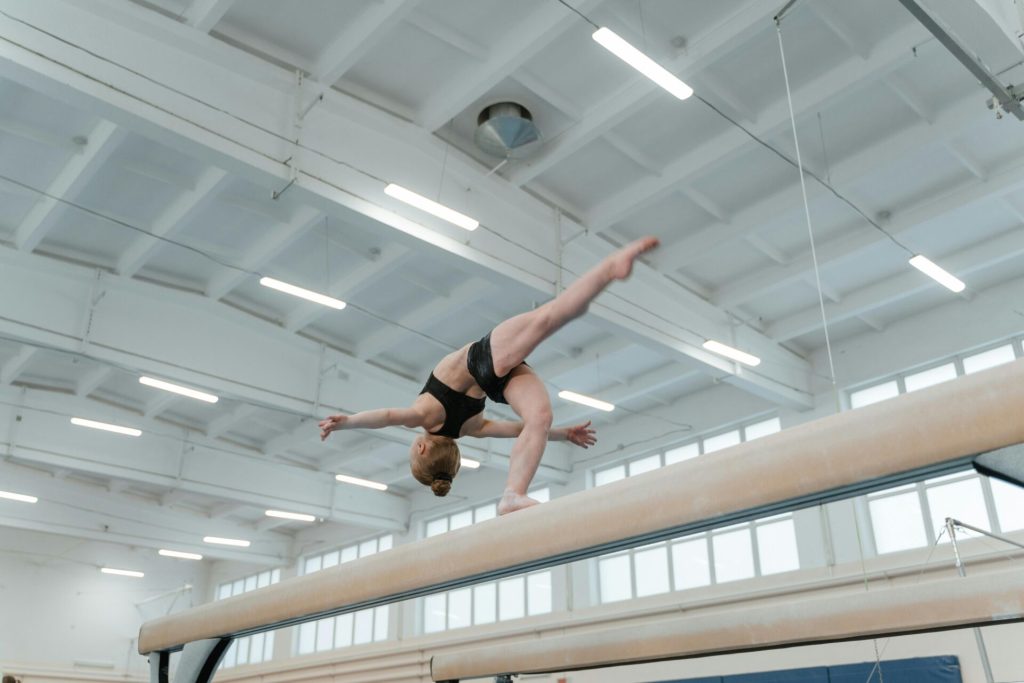Is your youngster a budding soccer star, a gymnastics enthusiast, or a track and field prodigy? Encouraging an active lifestyle in your child is fantastic! It fosters physical development, builds teamwork skills, and boosts confidence.
However, with all the benefits of sports participation, there’s also a potential downside: injuries. The growing spine, particularly the neck and lower, can be vulnerable to strain during sports.
A recent study found that children who had sports injuries and reported neck pain were 3.1 times more likely to have cervical spine injuries. If they had specific nervous system issues, they were 5.7 times more likely to have these injuries.
Now, let’s learn more about common spine injuries and how to keep your young athlete safe while playing sports.
4 Common Spine Injuries in Young Athletes
The growing spine is constantly developing, and repetitive stress or improper technique can lead to damage. Here are some of the common injuries young athletes face:
- Back Pain
This general symptom can arise from various causes, like muscle strain, ligament sprain, or irritated discs. Persistent back pain needs medical evaluation to determine the exact cause.
- Degenerative Disc Disease
Although often associated with adults, youngsters can also experience this condition. During growth spurts, repetitive stress on the spine from sports can lead to degenerative disc disease. This means the discs between the vertebrae can start to wear down. If your child has ongoing discomfort, it’s important to consult a specialist. They can provide a thorough evaluation and recommend the best treatment options to manage and prevent further issues.
- Spondylolysis
This is a stress fracture in a part of the vertebra called the pars. It’s common in sports that involve repetitive hyperextension of the spine, like gymnastics, weightlifting, and football. If your child is involved in these sports and complains of lower back pain, spondylolysis could be the cause.
- Spondylolisthesis
This occurs when a fractured vertebra slips forward over the one below it. This can cause pain, numbness, and weakness. It’s more serious and requires medical attention. If your child has symptoms like these, see a doctor promptly.

Preventive Measures to Keep Your Child Safe on the Field
Following these five preventive measures can help ensure your young athlete stays safe and enjoys their sport. So, have a look:
- Warm-Up and Cool-Down
Before starting any sports practice or game, it’s essential to warm up properly. Encourage your child to do dynamic stretches like arm circles and leg swings. These movements help increase blood flow and prepare muscles for the activity ahead, reducing the risk of injury.
After the game or practice, a cool-down is just as important. Static stretches, where they hold a stretch for a short period, can improve flexibility and prevent soreness. This routine helps their body recover and stay flexible.
- Strength Training
Building a strong core is crucial for young athletes. Exercises like planks and bridges can strengthen the muscles around the spine, providing better stability. A strong core reduces stress on the spine’s discs and joints, helping prevent injuries. Make these exercises a regular part of their training routine to keep their bodies strong and resilient.
- Proper Technique
Learning and practicing proper techniques for their sport is vital. Movements performed incorrectly can put unnecessary strain on the spine and other body parts. A qualified coach can teach your child the correct form and ensure they avoid harmful movements. Regular practice of these techniques will help them play safely and efficiently.
- Maintain Proper Equipment
Using the right equipment is crucial for injury prevention. Make sure your child has well-fitting shoes, pads, and other protective gear designed for their specific sport. Worn-out or ill-fitting equipment can lead to accidents and injuries. So, regularly check and replace any gear that is no longer in good condition to keep your young athlete safe.
- Hydration
Staying hydrated is essential for muscle function and overall performance. Encourage your child to drink water regularly throughout practices and games. Proper hydration helps prevent dehydration, which can cause fatigue and lead to poor form and injuries. Make it a habit for them to drink water before, during, and after any physical activity.
The Final Thoughts!
Encouraging your child’s athletic pursuits is wonderful for their development. However, it’s crucial to prioritize their spine health and overall safety. By implementing preventive measures such as proper warm-ups, strength training, correct techniques, appropriate equipment, and staying hydrated – you can significantly reduce the risk of sports-related spine injuries.
With the right precautions, your young athlete can enjoy their favorite sports safely. Also, this way, you can foster physical health and personal growth for both of you.




